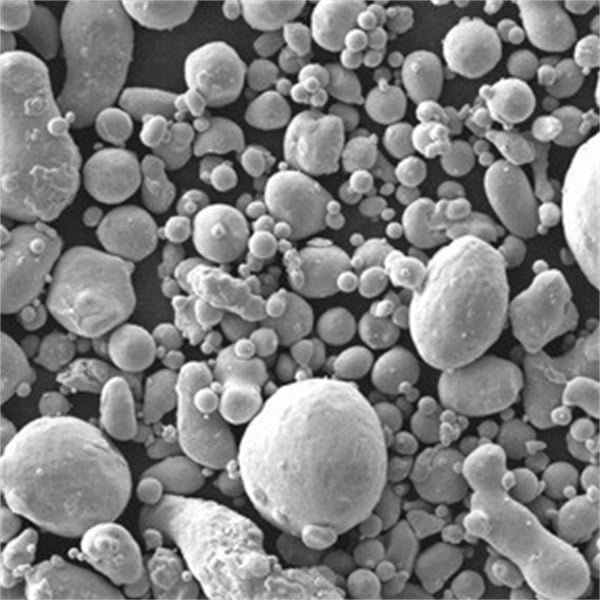
알루미늄 합금 분말
알루미늄 합금 분말은 알루미늄 합금의 분말 야금 형태를 말합니다. 알루미늄 분말은 경량, 고강도, 내식성, 열전도성, 전기전도성 등의 특성으로 인해 다양한 용도로 사용됩니다. 알루미늄 합금 분말 개요 알루미늄 합금 분말은 용융 합금을 미세한 방울로 원자화하여 생산됩니다.

알루미늄 합금 분말은 알루미늄 합금의 분말 야금 형태를 말합니다. 알루미늄 분말은 경량, 고강도, 내식성, 열전도성, 전기전도성 등의 특성으로 인해 다양한 용도로 사용됩니다. 알루미늄 합금 분말 개요 알루미늄 합금 분말은 용융 합금을 미세한 방울로 원자화하여 생산됩니다.
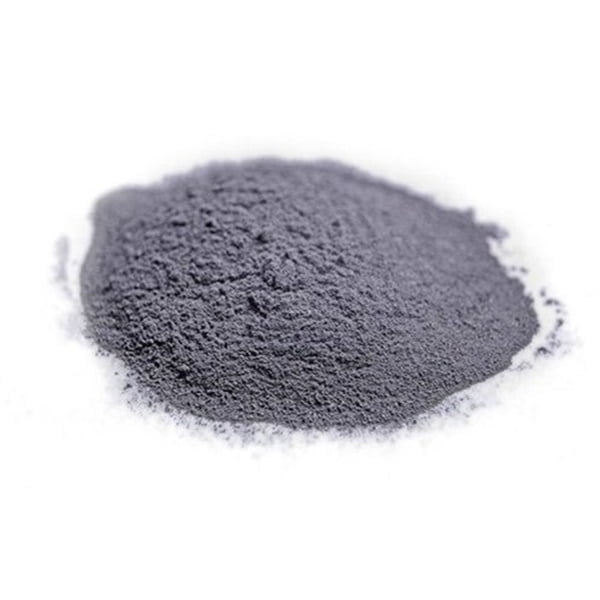


몰리브덴 디실리사이드(MoSi2)는 고온 안정성, 내산화성 및 열충격 특성으로 평가받는 금속 간 화합물입니다. 분말 형태로 용사, 소결 및 복합재 시장에 사용됩니다. 이 가이드에서는 재료 엔지니어에게 정보를 제공하기 위해 MoSi2 분말 사양, 제조 방법, 사용 사례, 공급업체, 비용, 제한 사항 및 대안을 검토합니다. 몰리브덴 디실리사이드

3D 프린터 알루미늄 분말은 항공우주, 자동차 및 일반 산업 시장에서 파우더 베드 융합 적층 제조를 위한 핵심 금속 공급원료로 사용됩니다. 이 가이드에서는 레이저 파우더 베드에서 알루미늄 파우더를 활용하는 것과 관련하여 알루미늄 등급, 파우더 사양, 프린팅 공정 고려 사항, 소결 방법, 기계적 특성, 후처리, 적용 가능한 구성 요소 등을 검토합니다.
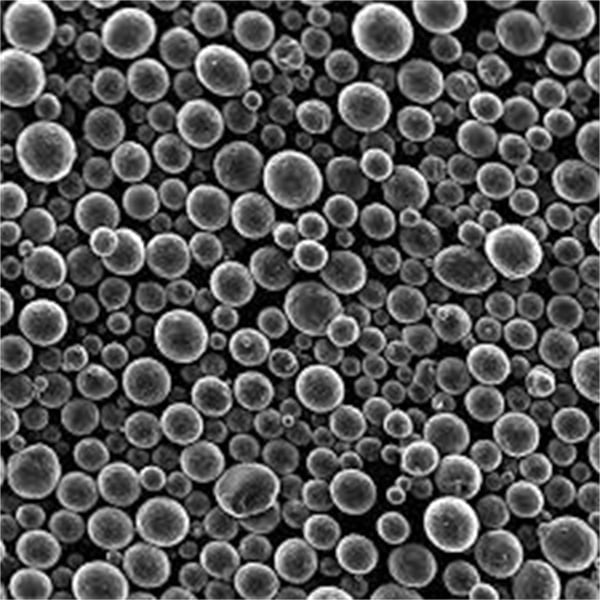
원자화된 금속 분말은 맞춤형 입자 크기, 모양 및 야금학적 특성을 가진 공급 원료가 필요한 적층 제조 및 용사 등의 제조 방법을 가능하게 합니다. 이 가이드에서는 상업용 분무 분말에 대한 생산 공정, 사양, 적합한 금속, 용도, 공급업체 선택 및 대안을 검토합니다. 분무 금속 분말 개요 분무는 용융 금속 스트림을 미세한 입자로 변환합니다.
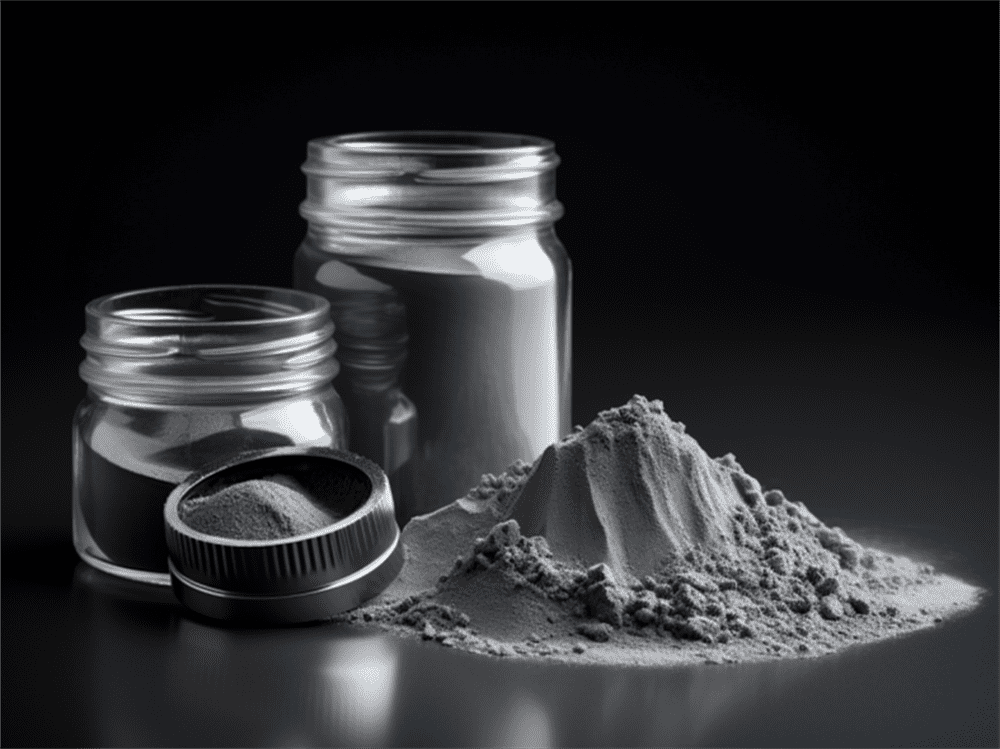
인코넬 600은 최대 1100°C의 고온 응용 분야를 위한 표준 엔지니어링 소재입니다. 이 가이드에서는 이 니켈-크롬-철 합금을 고려할 때 인코넬 600 분말 구성, 특성, 제조 방법, 응용 분야, 사양, 가격, 비교 및 자주 묻는 질문에 대해 다룹니다. 인코넬 600 분말의 일반적인 구성 원소 중량 % 니켈 72% 최소 크롬
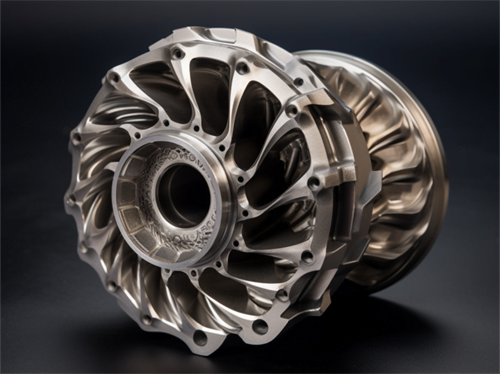
티타늄 몰리브덴 합금 분말은 경량 항공우주 설계를 위한 고온 강도 및 크리프 저항성을 향상시킵니다. 이 가이드에서는 티타늄 몰리브덴 합금 분말의 구성, 주요 특성, 생산 방법, 적합한 응용 분야, 사양, 구매 고려 사항, 공급업체 비교 및 장단점을 검토합니다. 티타늄 몰리브덴 합금 분말 일반 구성 합금 등급 티타늄(%) 몰리브덴(%) Ti-6Al-7Nb(IMI 550) 균형
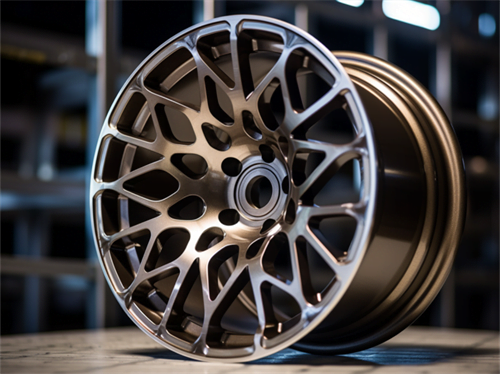
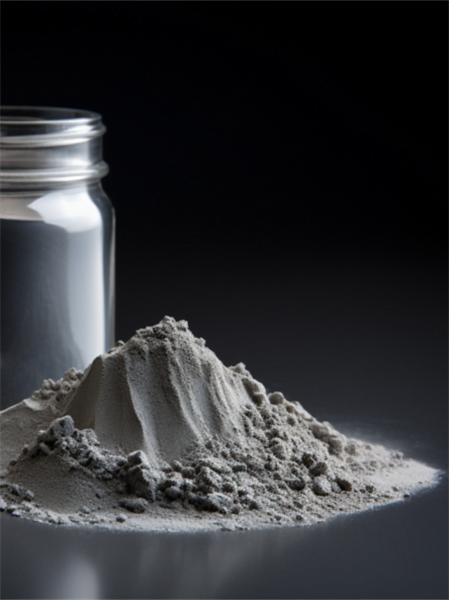
알루미늄은 낮은 밀도, 우수한 기계적 특성, 기계 가공성, 내식성 및 전도성 덕분에 적층 제조에 널리 사용되는 금속 분말입니다. 알루미늄 파우더 특성을 최적화하면 항공우주, 자동차 및 산업 응용 분야에서 강하고 가벼운 알루미늄 부품을 안정적으로 프린팅할 수 있습니다. 이 가이드는 특성, 사양, 원자화 생산, 품질 보증 고려 사항을 다룹니다,
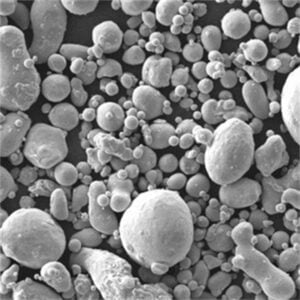
Aluminium alloy powder refers to powder metallurgy forms of aluminium alloys. Aluminium powders find use in various applications due to their lightweight, high strength, corrosion resistance, thermal conductivity, and electrical conductivity. Overview of Aluminium Alloy Powder Aluminium alloy powder is produced by atomization of molten alloys into fine droplets which solidify into powder particles. The

Metal alloy powders comprise diverse precise blends of metal elements produced through atomization processing into fine spherical particles ideal for advanced fabrication techniques. This guide serves technical professionals a comprehensive reference on metal powder alloy grades spanning typical compositions, mechanical properties data, manufacturing methods, key applications, and leading global suppliers. Overview of Metal Alloy Powders

Refractory Powder Materials represent a specialized class of inorganic non-metallic materials exhibiting extremely high heat resistance used across demanding industries. This comprehensive guide serves technical professionals and buyers understanding all key characteristics of refractory powders – spanning typical composition, critical properties data, manufacturing processes, applications, specifications and suppliers. Overview of Refractory Powder Materials Refractory powders

Molybdenum disilicide (MoSi2) is an intermetallic compound valued for high temperature stability, oxidation resistance, and thermal shock characteristics. As a powder, it serves thermal spray, sintering, and composite markets. This guide reviews MoSi2 powder specifications, manufacturing methods, usage examples, vendors, costs, limitations and alternatives to inform materials engineers. Molybdenum Disilicide Powder Overview Combining silicon with

3d printer aluminum powder serves as a core metal feedstock for powder bed fusion additive manufacturing across aerospace, automotive and general industrial markets. This guide reviews aluminum grades, powder specifications, printing process considerations, sintering methods, mechanical properties, post-processing, applicable components and more around leveraging aluminum powder in laser powder bed 3D printing. 3D Printer Aluminum

Atomized metal powders enable manufacturing methods like additive manufacturing and thermal spray needing feedstock with tailored particle sizes, shapes and metallurgical properties. This guide reviews production processes, specifications, suitable metals, usages, vendor selection and alternatives around commercial atomized powders. atomized metal powders Overview Atomization converts molten metal streams into fine spherical droplet sprays rapidly cooling
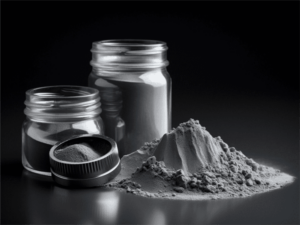
Inconel 600 is a standard engineering material for high temperature applications up to 1100°C. This guide covers Inconel 600 powder compositions, properties, manufacturing methods, applications, specifications, pricing, comparisons, and frequently asked questions when considering this nickel-chromium-iron alloy. Typical Composition of Inconel 600 Powder Element Weight % Nickel 72% min Chromium 14-17% Iron 6-10% Carbon 0.15%
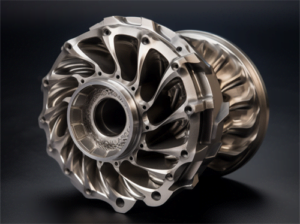
titanium molybdenum alloy powders enhance high-temperature strength and creep resistance for lightweight aerospace designs. This guide reviews TiMo alloy powder compositions, key characteristics, production methods, suitable applications, specifications, purchasing considerations, supplier comparisons, and pros/cons. titanium molybdenum alloy powders Typical Composition Alloy Grade Titanium (%) Molybdenum (%) Ti-6Al-7Nb (IMI 550) Balance 7% Ti-15Mo-3Nb-3Al-0.2Si Balance 15% Ti-11.5Mo-6Zr-4.5Sn
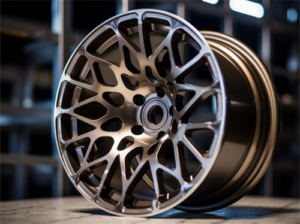
Nickel alloys refer to a broad range of heat and corrosion resistant materials where nickel constitutes over 40% of the composition. This guide provides an overview of various nickel alloy powder types, manufacturing methods, key applications, specifications, pricing, comparisons, and frequently asked questions for procurement. Compositions of Nickel Alloy Powder Alloy Family Major Alloying Elements
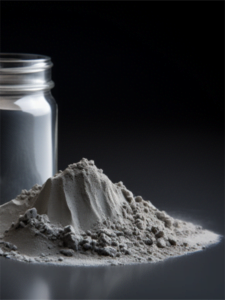
Aluminum is a popular metal powder for additive manufacturing thanks to its low density, good mechanical properties, machineability, corrosion resistance and conductivity. Optimizing aluminum powder characteristics enables reliable printing of strong, lightweight aluminum parts across aerospace, automotive and industrial applications. This guide covers properties, specifications, atomization production, quality assurance considerations, applications and advice on sourcing
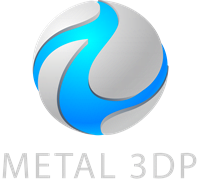
3D 프린팅 및 적층 제조용 금속 분말